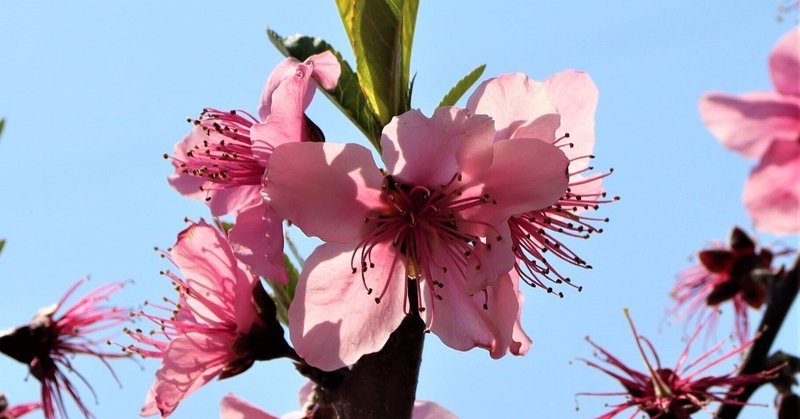
【~連載~静岡の歴史を学ぼう271】Peaches in the Osada Area Part2 長田の桃 パート2
※ この記事は「静岡移住計画Facebook」に掲載しております。
ここにも家康公が!

Peaches in the Osada Area Part2
長田の桃 パート2
It is said that there is another reason why the Osada area has a lot of peach trees.
長田地区に桃の木が多いことにはもう一つ理由があると言われています。

Tokugawa Ieyasu developed the city of Sumpu based on feng shui (Chinese geomancy).
徳川家康は風水をもとに都市の駿府を開発しました。

According to feng shui, the direction of the northeast is called ‘Kimon’, which literally means a gate of demons.
風水の考えでは、北東は「鬼門」と呼ばれる方角で、文字通り鬼の門を意味します。
It is believed that evil spirits enter from this direction.
この方角から悪霊が入ってくると信じられています。
So, Lord Ieyasu placed Buddhist temples and Atago Shinto Shrine northeast of Sumpu Castle.
ですから、家康公は仏教寺院と愛宕神社を駿府城の北東に配置しました。
On the opposite direction, the southwest is also considered to be a route for evil spirits based on feng shui.
風水では反対の方角である南西も悪霊の通り道であると考えられています。
The Osada area is located southwest of Sumpu Castle.
長田地区は駿府城の南西にあります。

So, it is thought that Lord Ieyasu had peach trees planted there to prevent evil spirits from entering Sumpu.
それ故に、家康公が駿府に悪霊が入るのを防ぐために桃の木を植えたのだと考えられています。
In fact, there is a district in the Osada area called Momozono-cho, which literally means ‘peach orchard’.
実際、長田地区には「桃園町」という町内があり、文字通り、「桃の果樹園」の意味です。
参考資料:
「徳川家の家紋はなぜ三つ葉葵なのか 家康のあっぱれな植物知識」
稲垣栄洋著 東洋経済新報社
この記事が気に入ったらサポートをしてみませんか?
